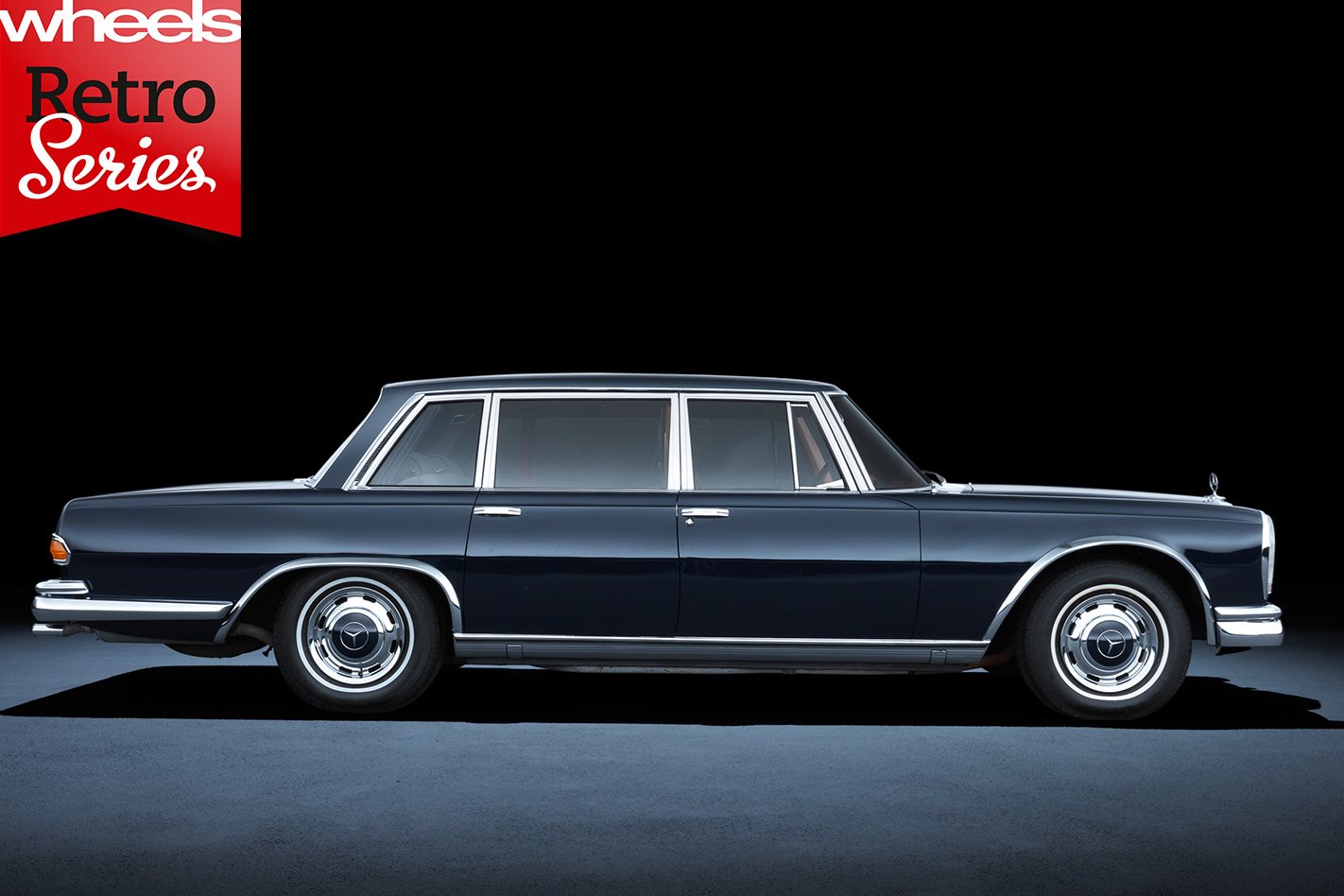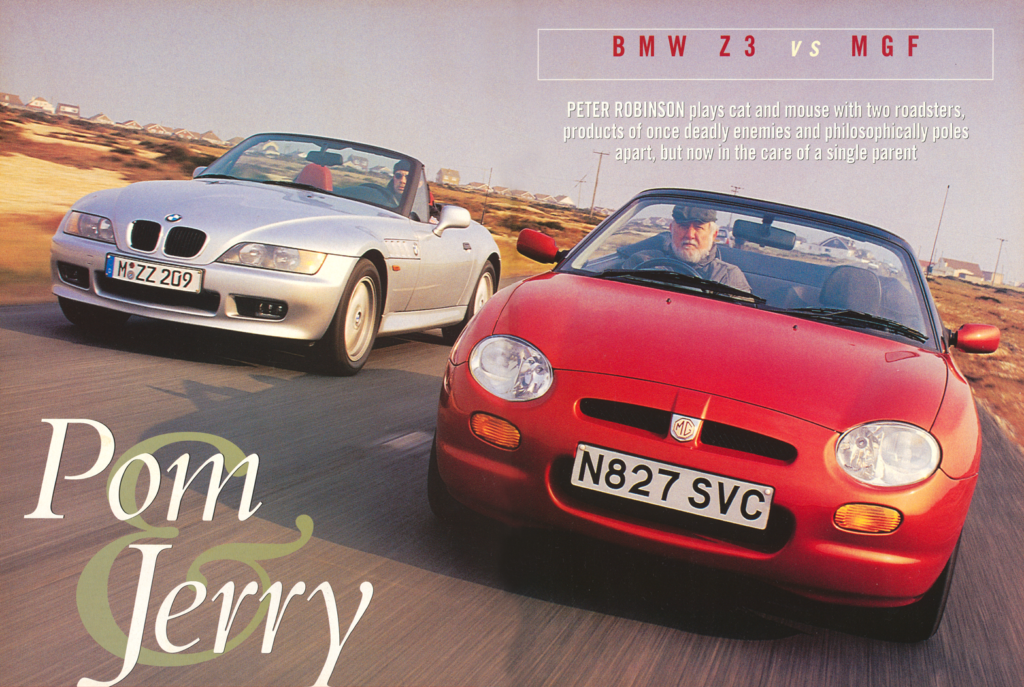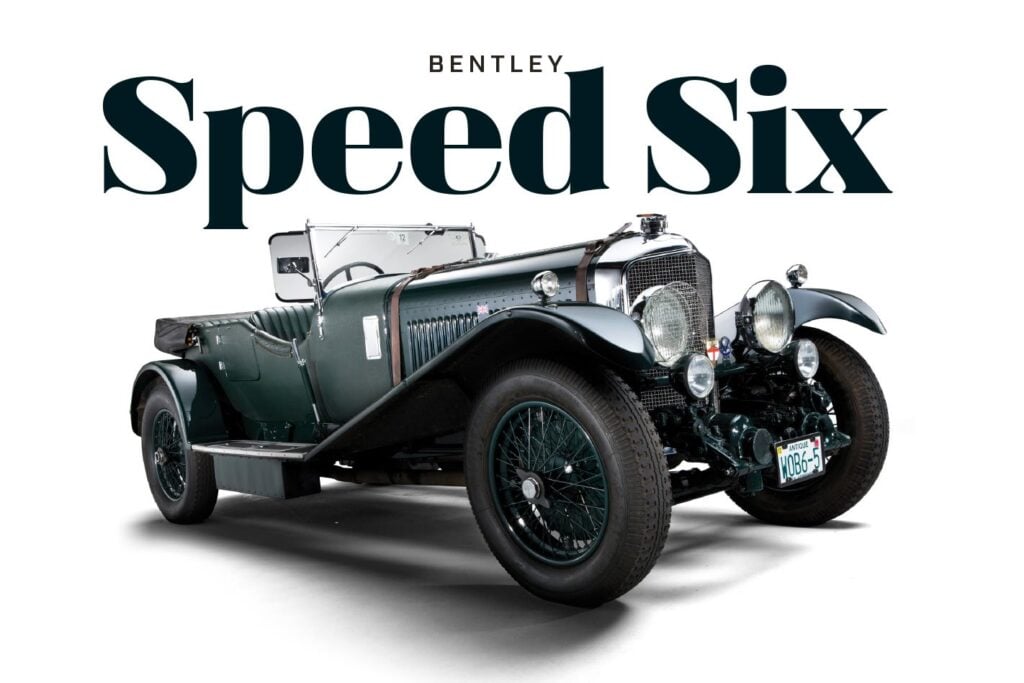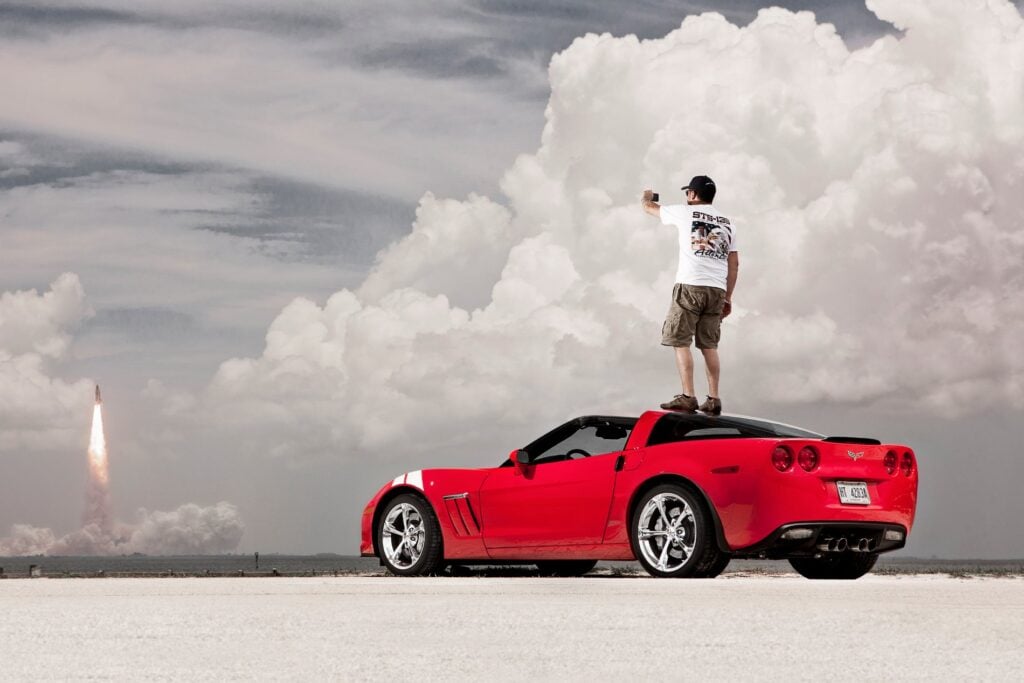First published in the August 2015 issue of Wheels magazine, Australia’s best car mag since 1953.
The Mercedes-Benz 600 Grosser is an enormous German limo that became a favourite of rock stars – and rebels alike.
A FAMOUS advertisement, written by ad-man David Ogilvy in 1958, proclaimed Rolls-Royce to be the best car in the world. By the mid-1960s, however, the car most coveted among royalty, rock stars and aristocracy – and murderous dictators for whom money was no object – was the Mercedes-Benz 600.
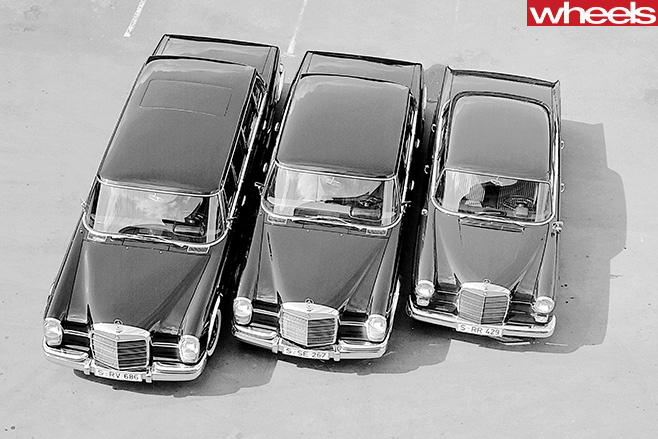
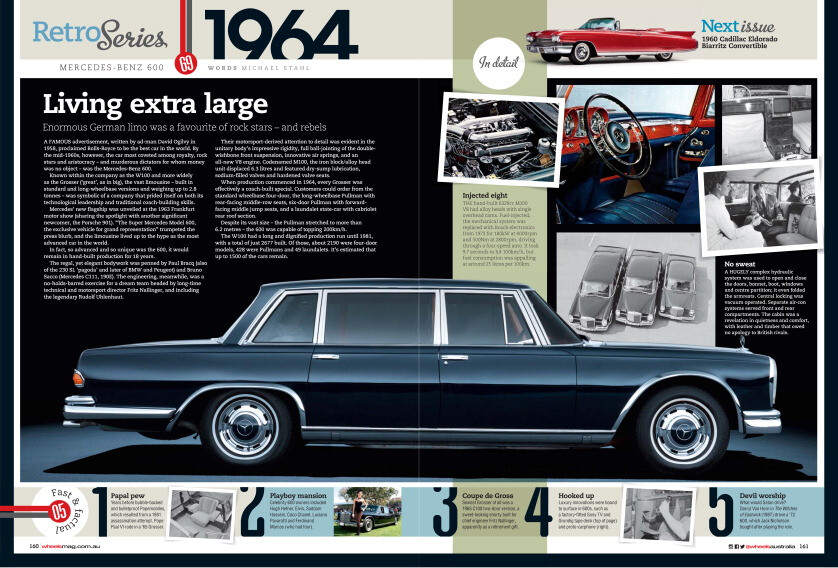 1964 Mercedes-Benz 600 Grosser – August 2015
1964 Mercedes-Benz 600 Grosser – August 2015
View this article in its original format in the archive.
Mercedes’ new flagship was unveiled at the 1963 Frankfurt motor show (sharing the spotlight with another significant newcomer, the Porsche 901). “The Super Mercedes Model 600, the exclusive vehicle for grand representation” trumpeted the press blurb, and the limousine lived up to the hype as the most advanced car in the world.
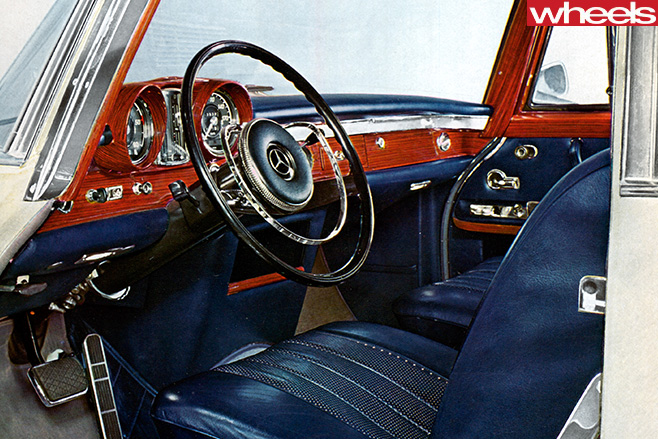
The regal, yet elegant bodywork was penned by Paul Bracq (also of the 230 SL ‘pagoda’ and later of BMW and Peugeot) and Bruno Sacco (Mercedes C111, 190E). The engineering, meanwhile, was a no-holds-barred exercise for a dream team headed by long-time technical and motorsport director Fritz Nallinger, and including the legendary Rudolf Uhlenhaut.
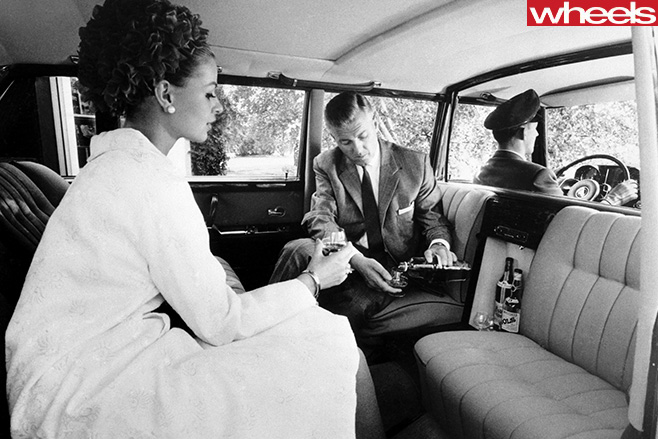
When production commenced in 1964, every Grosser was effectively a coach-built special. Customers could order from the standard wheelbase four-door, the long-wheelbase Pullman with rear-facing middle-row seats, six-door Pullman with forward-facing middle jump seats, and a laundalet state-car with cabriolet rear roof section.
Despite its vast size – the Pullman stretched to more than 6.2 metres – the 600 was capable of topping 200km/h.
The W100 had a long and dignified production run until 1981, with a total of just 2677 built. Of those, about 2190 were four-door models, 428 were Pullmans and 49 laundalets. It’s estimated that up to 1500 of the cars remain.
Injected eight
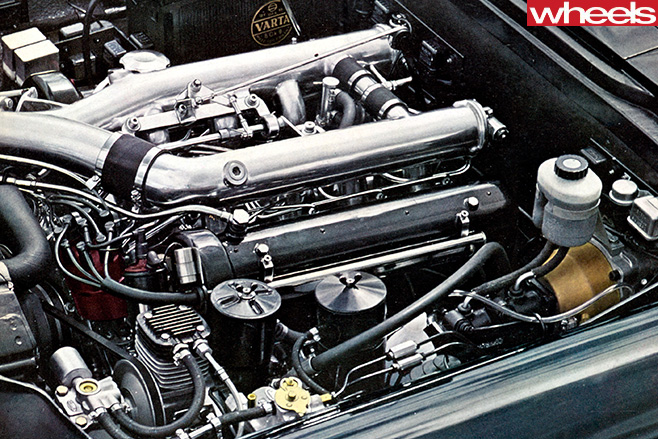
No sweat
A hugely complex hydraulic system was used to open and close the doors, bonnet, boot, windows and centre partition; it even folded the armrests. Central locking was vacuum operated. Separate air-con
systems served front and rear compartments. The cabin was a revelation in quietness and comfort, with leather and timber that owed no apology to British rivals.
Fast & factual
1. Papal pew
Years before bubble-backed and bulletproof Popemobiles, which resulted from a 1981 assassination attempt, Pope Paul VI rode in a ’65 Grosser.
2. Playboy mansion
Celebrity 600 owners included Hugh Hefner, Elvis, Saddam Hussein, Coco Chanel, Luciano Pavarotti and Ferdinand Marcos (who had four).
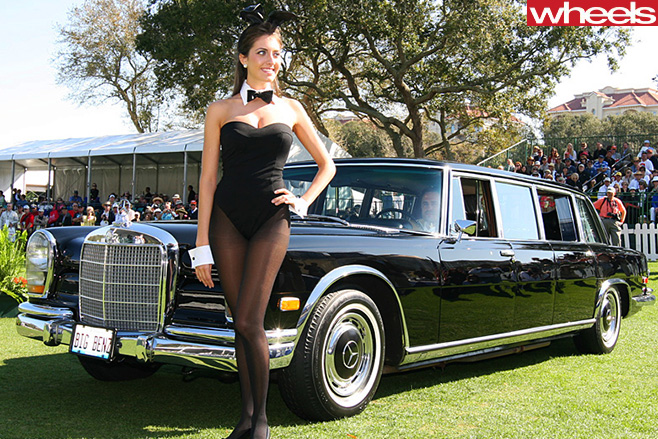
Sexiest Grosser of all was a 1965 C100 two-door version, a sweet-looking shorty built for chief engineer Fritz Nallinger, apparently as a retirement gift.
4. Hooked up
Luxury innovations were bound to surface in 600s, such as a factory-fitted Sony TV and Grundig tape deck (top of page) and proto-carphone (right).
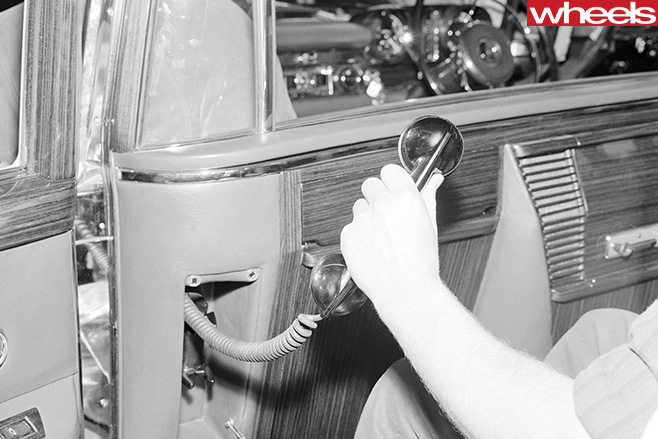
What would Satan drive? Darryl Van Horn in The Witches of Eastwick (1987) drove a ’72 600, which Jack Nicholson bought after playing the role.
Want to read more classic tales? Visit the Wheels Archive – simply log in here using your existing MagShop account or create a FREE account and select this article from the homepage.
Don’t have a MagShop account?

Have a MagShop account?


